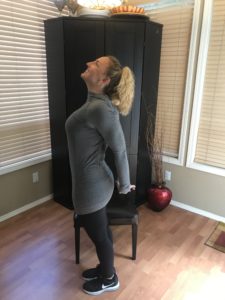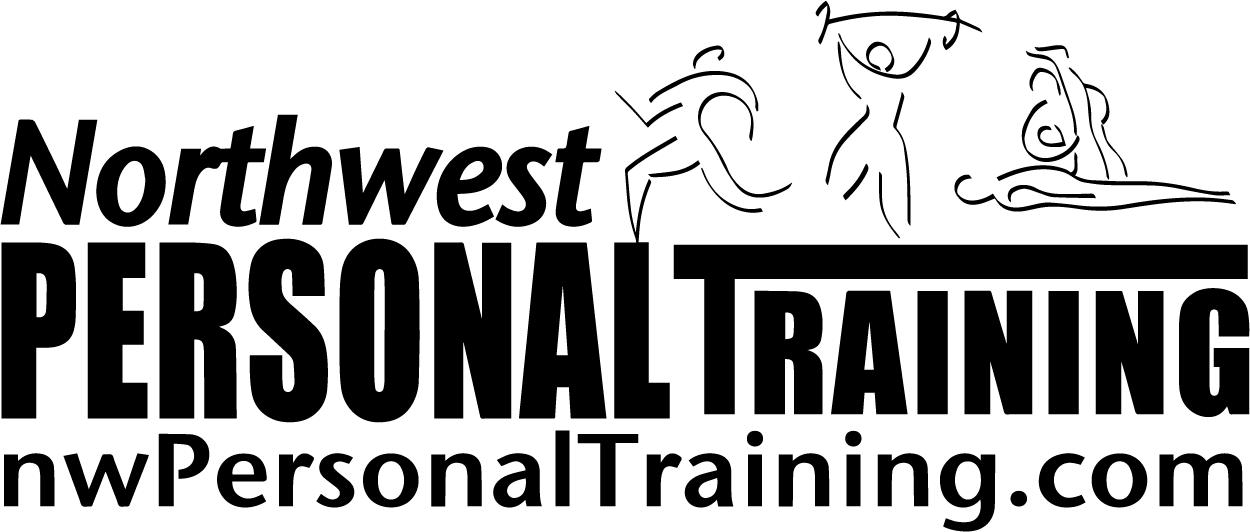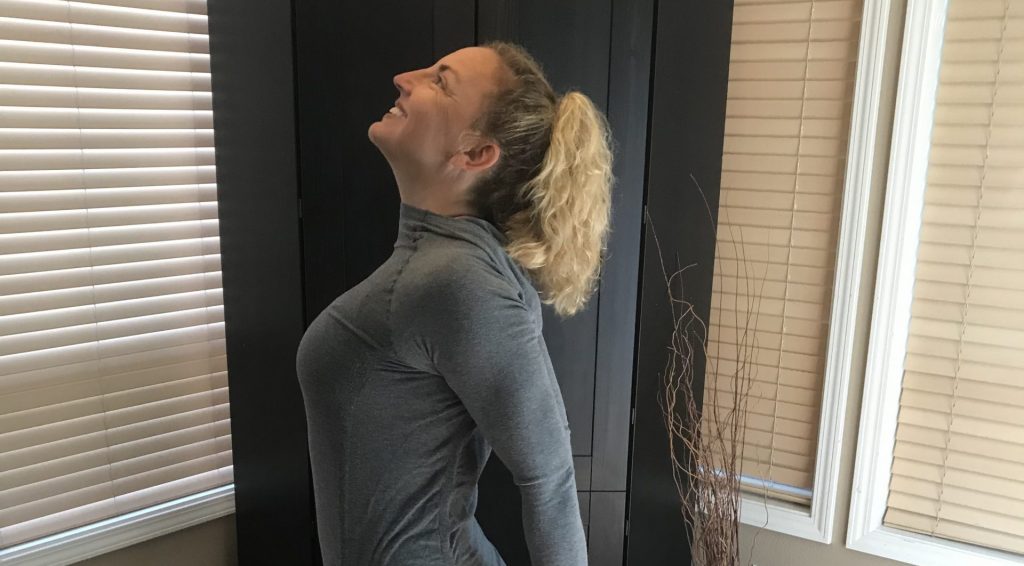Ideal posture is important because it helps your body function at top performance in all situations.
Most back problems originate from years of abuse like….
Slouching in front of the TV
Hunching over a desk
Improper lifting and bending
Poor posture
Sedentary lifestyle
A lifetime of poor posture, and poor lifting and bending habits may stress the spine to the point that one day a minor activity like sneezing, slight twisting or bending over might precipitate extreme back pain. If you have poor posture, your bones are not properly aligned and your muscles, joints, and ligaments take more strain than intended. Years of poor posture place the back in an extreme, uncomfortable position causing muscle fatigue, muscular strain and eventually pain. Returning the back to its neutral position of comfort through exercise and posture retraining, can help ease aches and pains.
Don’t forget to sign up under “Weekly Fitness Tips” to automatically receive my latest blog post in your inbox!
Standing Posture
First, you need to be aware of when you’re not in proper postural alignment. Imagine that you have a piece of thread that runs through your body from head to toe, linking the bones and muscles into proper alignment. Whenever your posture is poor, you can simply pull gently on the top of the thread and it will re-align your body perfectly.
Here’s what good posture looks like when the thread is tight:
The head is centered over the trunk with the chin level and held over the collarbone. The ears are in line with the tips of the shoulder.
The shoulders are relaxed and down with the shoulder blades flat.
The arms hang loosely, with the palms facing the sides of the body.
The chest is up and open; the rib cage feels as if it is expanded and well anchored against the spine.
The shoulders are aligned over the hips and are held slightly back and relaxed.
The back feels long and strong, slightly curved in the lower region.
The abdomen is pulled in and up.
The pelvis is tilted slightly up so that the buttocks feel tucked under but relaxed.
Knees are straight and relaxed – neither bent nor hyperextended.
Feet are parallel, slightly apart, with weight balanced evenly among the heels and the outside borders and balls of the feet.
Awareness of this posture is critical to helping you change the posture you’re used to. One of the common postural deviations is shoulders rounded forward and an upper back kyphotic alignment (slight hunch-back). If you’ve been used to this abnormal posture for 40 plus years, neutral posture may feel uncomfortable and awkward. It will take some time for the right posture to feel right. Be persistent. Every time you pass a mirror do a self-check or have a loved one correct you when they notice you’re slouching.
The key to improving your posture is awareness and a consistent effort at trying to maintain proper alignment.
Sitting Posture
People who sit a lot in their jobs are at highest risk for low back pain because the highest measured pressure inside the disks in your vertebrae occurs when sitting. So, if your job involves hours of sitting, put an alarm at your desk that reminds you every half-hour to stand up and walk around the office or do a few stretches.
It’ll only take a few seconds to get some blood flowing back into your spinal region and relieve some of the strain that extended sitting exposes your body to. Some believe that sitting is the new smoking in terms of the damage to your overall health so take this seriously.
Another option for extended sitting is to use a lumbar roll or cushion, available at any medical supply shop. This type of passive support will help keep the natural curve in your lower back and reduce your symptoms, but keep in mind that only active conditioning will develop the muscles you need for a truly healthy back.
 Tip: If you have found yourself in a seated posture for a long period of time, stand up, place your hands on your lower back and slowly bend backwards looking towards the ceiling. Hold for 5 seconds and repeat five times.
Tip: If you have found yourself in a seated posture for a long period of time, stand up, place your hands on your lower back and slowly bend backwards looking towards the ceiling. Hold for 5 seconds and repeat five times.
To find your correct sitting posture, first sit in a really slouched position, then slowly straighten your back and arch it. Immediately relax the arch in your lower back by about 10 per cent. This is your neutral back position and correct sitting posture. If your posture isn’t ideal, you might find at first that your muscles will tire quickly from trying to maintain this position. That’s ok. Eventually, just like any exercise, you’ll get better at it.
It can also be very helpful to have an ergonomics specialist analyze your work station to assure your desk, computer and chair set up is positioned in a way to maximize posture and minimize strain.
At the end of a long day, just before bed, try these stretches to help counteract any posture slouching:
Lie on your stomach and then slowly lift your upper body and support it onto your elbows. Keep your hips on the floor and relax your lower back. Hold for about 30 seconds and repeat 3-5 times.
Pillow arches – Place 2-3 pillows on the floor. Lay on your back over the pillows so that the pillows are at about the level of your shoulder blades. Stretch your arms to the side and up over your head.
Yours in health and fitness,
Sherri McMillan
 Spring Into Fitness – Quick Fix with NWPT
Spring Into Fitness – Quick Fix with NWPT
- Choose the 6 week package that works best for you! In person or virtual.
- All programs offer 6 weeks of focused training and 1 hour sessions.
- Don’t wait to get started, now IS the time!
- You can call us for more information or to sign up 360-574-7292!

